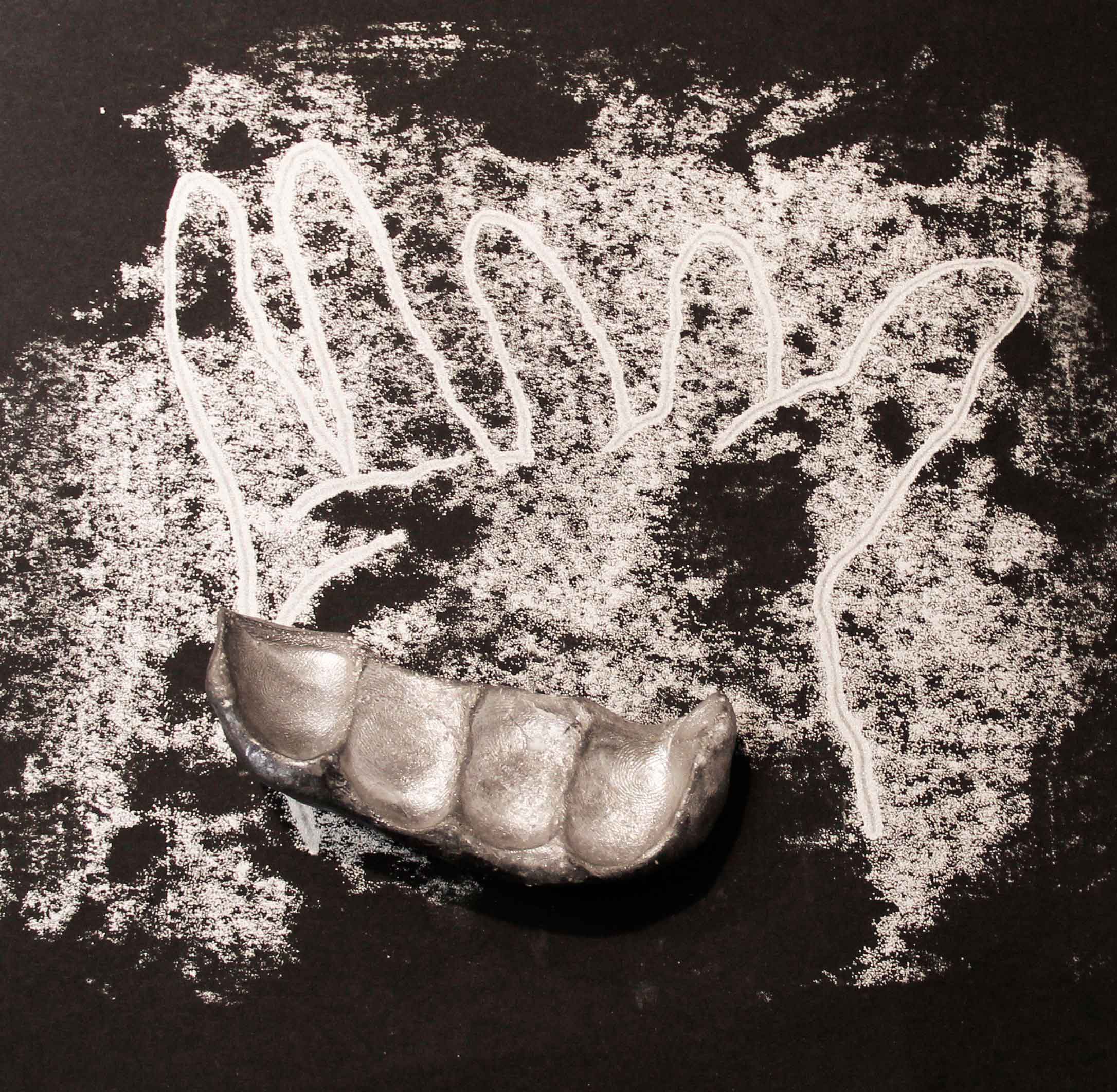Panopticon_Frontier 601
Nora Ancarola
20.07.2019 – 27.10.2019
Curator: Valentín Roma
In collaboration with: MUNTREF Centro de Arte Contemporáneo from Buenos Aires and Centre d’Art Maristany from Sant Cugat del Vallès. Participates in BienalSur.
Opening: Friday 19th July, 7 pm
Free guided tours, from July 27th: Tuesday at 6 pm; Saturday and Sunday at noon
This project by Nora Ancarola (Buenos Aires, 1955) takes as its starting point Michel Foucault’s now classic research in the 1970s in which he formulated an archaeology of disciplinary devices from the 16th to the 19th century, focusing his attention on three institutions that structure social indoctrination in modern times: the school, the medical clinic and the prison.
It is in Foucault’s analysis of prisons, detailed in his book Discipline and Punish (1975), that the concept of ‘panopticism’ appears, a reference to the Panopticon or the Inspection-House (1787) of the utilitarian thinker Jeremy Bentham, an architectural and penitentiary model of surveillance without being seen regarded as the immediate precursor of the control of contemporary public spaces.
In addition, this work researches the so-called ‘little shack of the Germans’, a euphemism still used today for the Gestapo bunker installed in the early days of the Second World War in a strategic spot in Portbou, the city where Walter Benjamin committed suicide before Franco’s police could deport him to France.
Panopticon_Frontier 601 explores the processes of border militarisation and the violence perpetrated by state authorities against migrants. It also considers the penalising archetypes generated by the media, politics and the law, the result of which is walls and fences are put up at borders and those who cross them while not complying with classist, excluding and racist frameworks of legality are persecuted.
The exhibition brings together the above-mentioned elements in a video installation that features screenings, light boxes and objects that present the technical grammar of a visual control system, bringing into the protected environment of the museum the experience of the panopticon, the testimony of those who have suffered harassment at frontiers, images and languages that make it possible to understand how surveillance is carried out today.
Thus, Nora Ancarola charts a kind of semantic and ideological short-circuit on the meaning of the sovereignty of individuals and the right to move from one territory to another, concerning the historical mechanisms on which the disciplinary society is founded, and about the abuses of power and the legal protections that have turned the administration of borders into a veritable state of emergency over migration and, most importantly, how much of these physical devices still survives today in the new digital panopticons.











